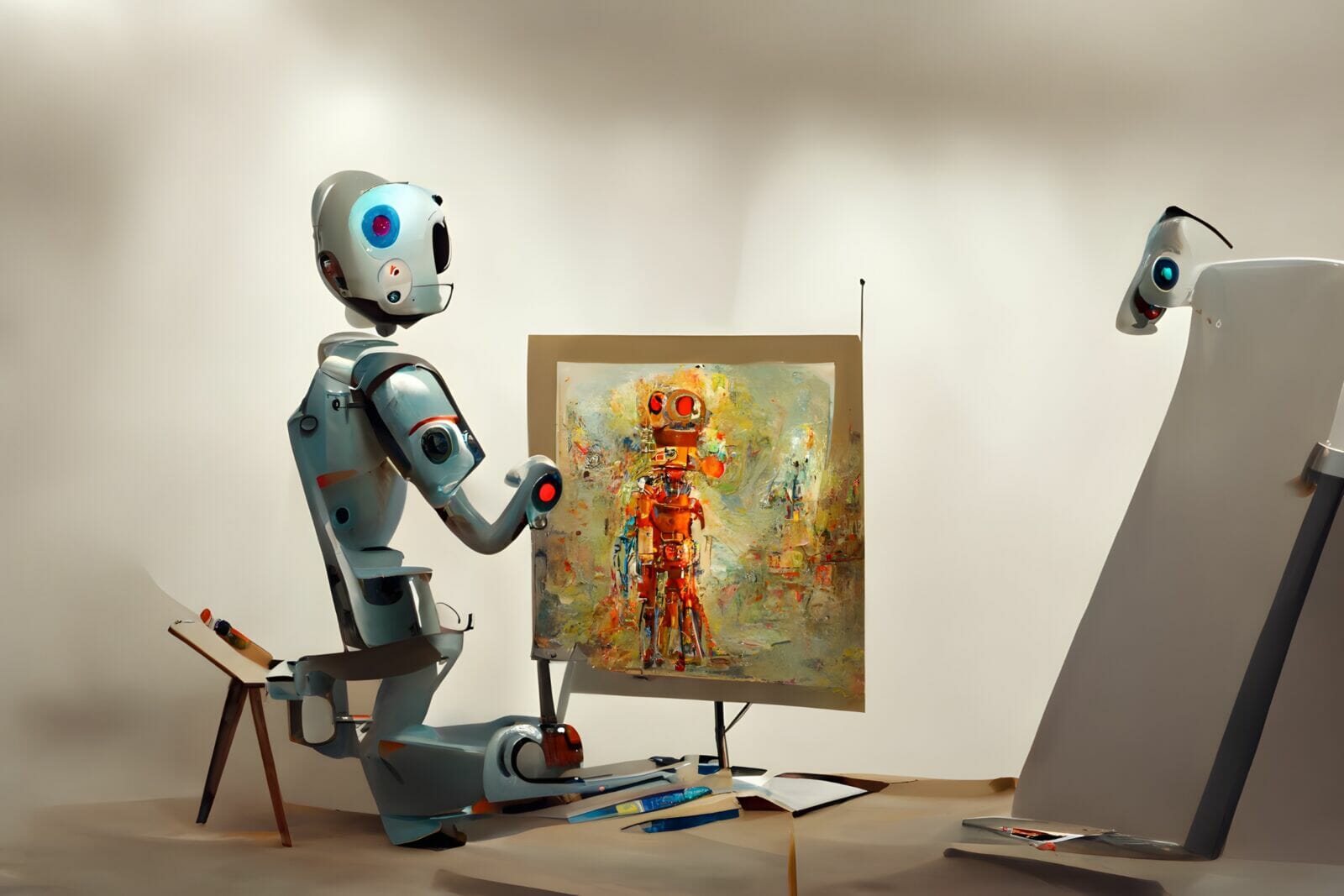Artificial intelligence is reshaping creative industries, and graphic design is no exception. In 2025, AI design tools are more advanced and accessible than ever, capable of generating visuals, formatting layouts, and even suggesting branding elements in seconds. This has sparked a growing question within the design community: is AI going to take over the graphic design industry?
The short answer: AI will transform graphic design—but not replace it. Human creativity, intuition, and strategy remain irreplaceable elements in crafting visual experiences that connect with people. This article breaks down where AI fits in, what it can’t do, and how designers are adapting to stay ahead.
The Rise of AI in Graphic Design
AI tools have become a core part of many creative workflows, especially for time-sensitive or high-volume design tasks. From solo entrepreneurs to large agencies, design teams are now leveraging software like Adobe Firefly, Canva’s Magic Studio, Midjourney, Recraft, and Kittl.
These tools can:
- Remove backgrounds from images
- Generate layout templates
- Create icons, illustrations, or stock-like imagery from text prompts
- Suggest color palettes or font pairings based on themes
One major reason for AI’s adoption is speed. Non-designers can now produce basic visuals for marketing, presentations, or e-commerce in minutes—something that previously required hours of work. For professional designers, these tools eliminate repetitive tasks and support the early stages of ideation.
What AI Can—and Can’t—Do in 2025
Despite its rapid advancement, AI still has a limited role in some aspects of the design process.
What AI Does Well:
- Quick ideation: Generate mood boards, draft templates, and image variations
- Repetitive formatting: Resize images, update templates, export assets
- Visual enhancements: Adjust lighting, remove elements, and apply filters automatically
Where Humans Still Excel:
- Conceptual creativity: Crafting original campaigns that connect emotionally
- Brand storytelling: Aligning visuals with tone, history, and long-term identity
- User experience design: Structuring interfaces based on audience needs and behavioral data
- Strategic thinking: Making informed decisions with business goals in mind
The Human Advantage: Why Designers Still Matter
Design is more than decoration—it’s communication. Designers listen, interpret, and translate abstract ideas into visual narratives that resonate. This requires more than algorithms; it demands empathy, context, and judgment.
Human designers also know when to break the rules. Where AI is pattern-based, humans are intuitive. A well-placed asymmetry or unexpected color can turn a good design into something memorable.
Professional teams like https://web-design-sacramento.com/ combine these strengths with the latest tools—delivering design that’s not just functional, but intentional, rooted in brand strategy and crafted with user experience at its core.
New Roles and Skills Emerging for Designers
Rather than eliminating design jobs, AI is reshaping them.
Prompt Engineers and AI-Integrators
Designers now use prompts to guide AI tools, blending machine-generated output with manual refinements. Knowing how to write a good prompt—and how to refine the result—has become a new creative skill.
Ethical Oversight and Brand Governance
As AI-generated assets proliferate, ensuring visual originality and brand consistency becomes more important. Designers act as curators, ensuring that work aligns with values, voice, and legal standards.
How Designers Can Stay Competitive in an AI-Enhanced Industry
The designers thriving in this new landscape are those who embrace AI as a tool—but stay focused on the big picture.
Focus on Strategy
Clients increasingly seek more than visuals. They want guidance on how design supports conversion, engagement, or storytelling. Offering UX consulting, creative direction, and analytics insight sets designers apart.
Blend Craft with Tech
AI tools can handle volume—but not nuance. Designers who pair digital efficiency with craftsmanship and originality will continue to stand out. Whether sketching logos by hand or refining layouts pixel by pixel, that human touch still matters.
Final Verdict: Will AI Take Over Graphic Design?
AI will continue to evolve. It will accelerate workflows, lower barriers to entry, and offer new creative possibilities. But it won’t replace the need for human designers.
The future of graphic design is collaborative—humans and machines working together. Designers bring the strategy, vision, and emotion. AI helps bring it to life, faster.
Conclusion
AI is here, and it’s changing how we work. But it isn’t taking over graphic design—it’s opening the door to new methods, new roles, and new creative frontiers. The value of designers lies not just in execution, but in their ability to think, connect, and create meaning.
For businesses and brands navigating this shift, working with experienced designers who understand both AI tools and timeless creative principles is key. That’s where thoughtful, brand-first partners like Web Design Sacramento make a difference—merging innovation with intention, and turning ideas into impact.




